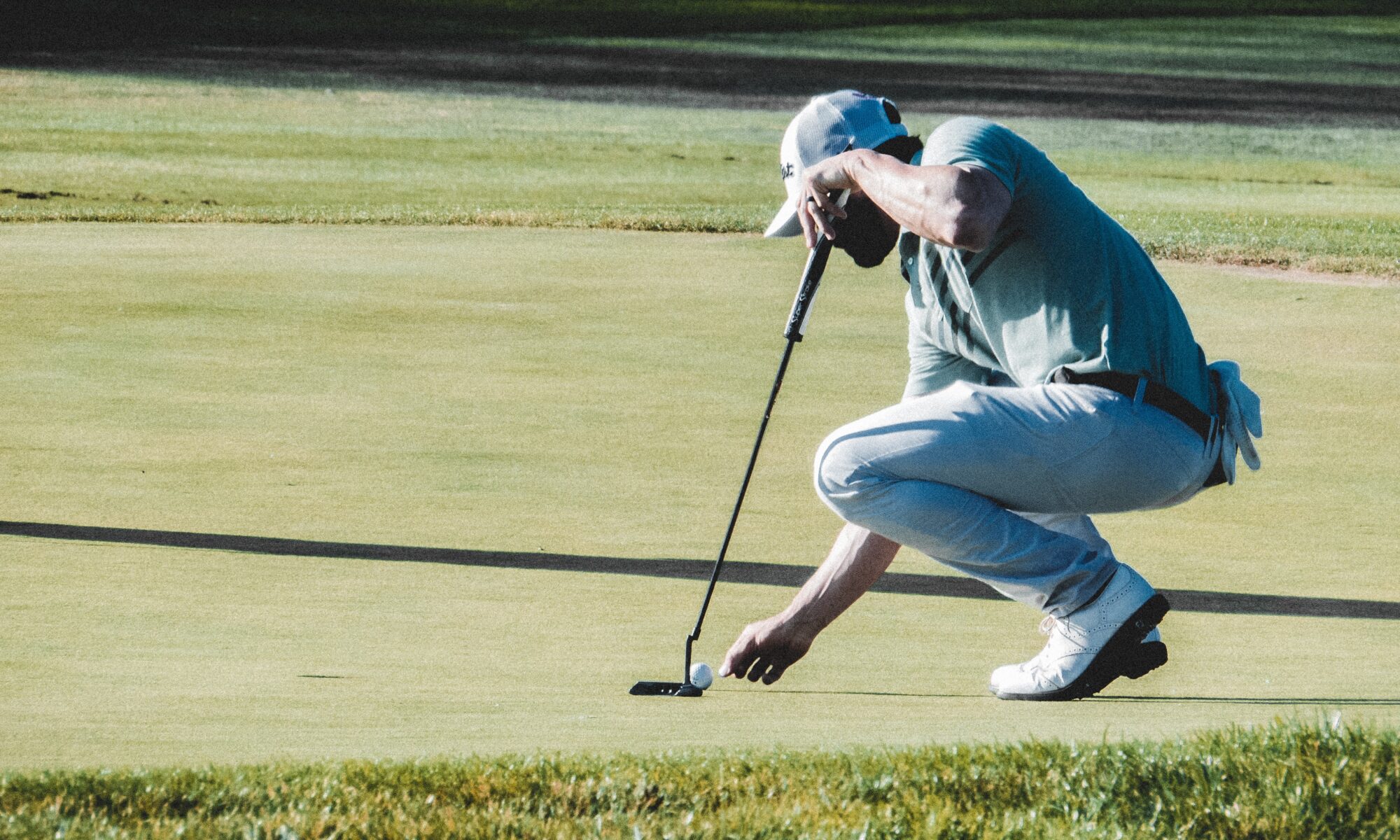By Kevin Cotter, PGA
Slicing the golf ball is often caused by delivering the clubface to the ball in an open position at impact (for right-handed players, the clubface points right of the target). The good news is that fixing a slice is easier than you think! Here are the most common causes of a slice and simple cures to help you straighten out your shots:
- Grip Position
Your grip is the first area to examine when dealing with a slice. If your hands are rotated too far to the left (for right-handed players), the clubface will likely be open at impact, causing the ball to slice. Ensure your left hand is in a “strong” position—where you can see two to three knuckles when looking down at address. This adjustment can have an immediate positive impact on your ball flight.
- Wrist Position at the Top of the Swing
Next, closely examine the position of your left wrist at the top of your backswing. If your left wrist is cupped (bending inward), the clubface will likely be open, and if you return to impact in this position, it will result in a slice. Keep your left wrist flat at the top of your swing, which helps square the clubface at impact.

- Forearm Rotation (Pronation)
Another critical factor is your forearm and hand rotation through impact. Suppose your right hand pushes against or overpowers the left hand through impact (see image below of right hand working underneath and breaking down left wrist) rather than allowing the hands and forearms to rotate correctly. In that case, the clubface will remain open, causing a slice. Instead, focus on naturally pronating (rolling) your hands and forearms through the ball to help square the clubface.

- Swing Path
An out-to-in swing path is one of the primary causes of a slice. When your swing cuts across the ball from outside the target line, it creates sidespin, sending the ball curving to the right. Focus on swinging from the inside, then down the line.
- Alignment and Stance
Incorrect alignment can also lead to a slice. If you’re aiming too far left, you may unknowingly encourage an out-to-in swing path. Check your stance and ensure your feet, hips, and shoulders are all aligned parallel to the target line. A proper setup gives you the best chance to swing along the right path.
A few simple adjustments can drastically reduce or eliminate your slice, leading to more consistent shots and a more enjoyable round of golf. Try out these fixes and watch your game improve!














